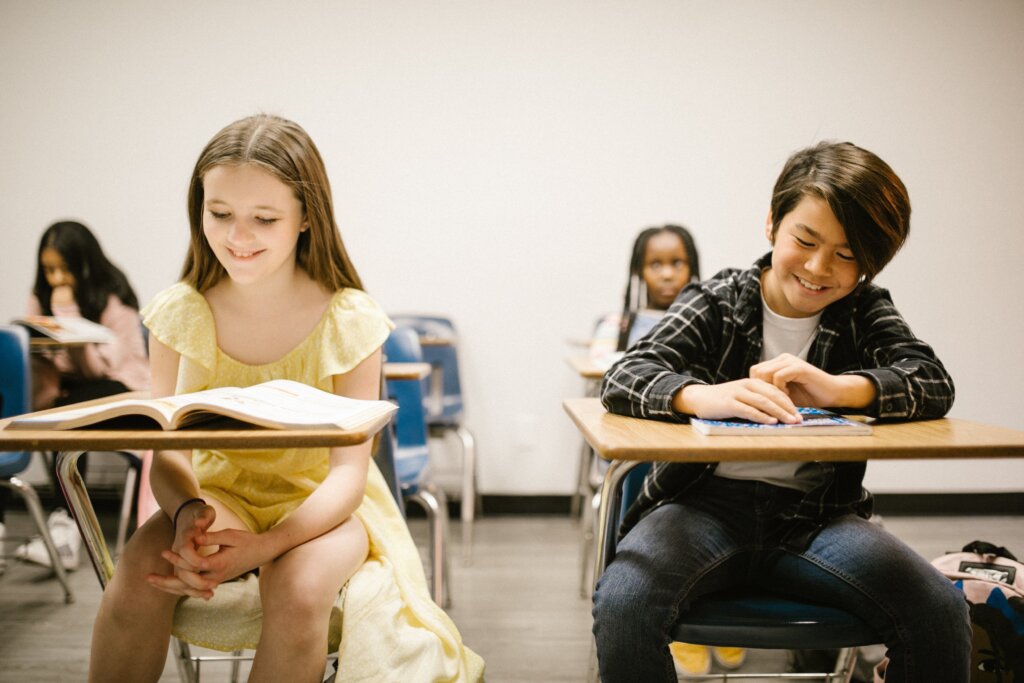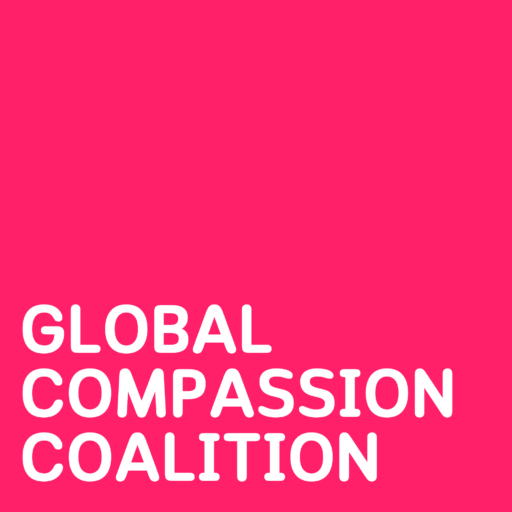Discrimination and bias
Discrimination and bias continue to limit women’s advancement across industries and regions. Extensive studies demonstrate conscious and unconscious gender bias frequently restrict women’s hiring, compensation, and promotion, contributing to stark underrepresentation in leadership roles. As a result, women make up fewer than 8% of the world’s heads of state and only 24.1% of national parliamentarians. The gender pay gap also endures—globally, women earn just 77 cents for every dollar earned by men. Significant disparities appear even when comparing salaries for similar roles and qualifications.

Restricted rights
Access to comprehensive sexual and reproductive health services remains a critical concern for women and girls globally. Access to contraception, abortion services, prenatal care, and other reproductive healthcare varies widely depending on location. Some countries strictly prohibit or restrict access to safe abortion entirely, compelling women to seek out dangerous underground procedures. Around 45% of all abortions are unsafe, which can lead to physical and mental health complications and social and financial burdens for women, communities, and health systems. Maternal mortality rates in developing nations, where healthcare systems often fail women, highlight these glaring global healthcare discrepancies.
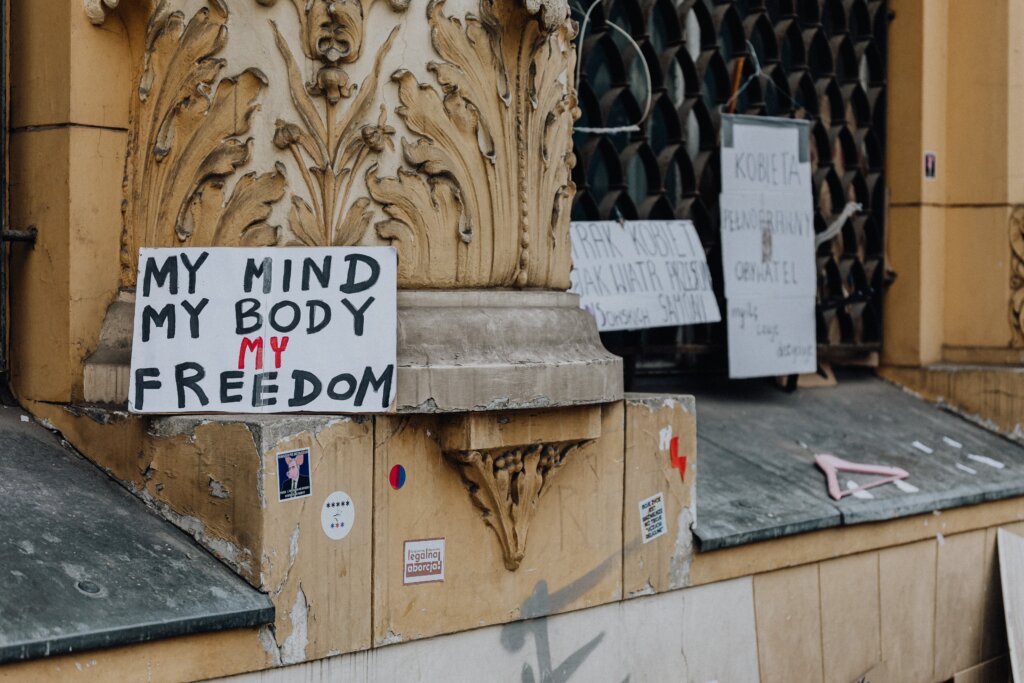
Violence
Violence against women, including domestic abuse, sexual assault, and sexual harassment, remains rampant across the world. Shocking statistics indicate 35% of women globally will experience physical or sexual violence in their lifetime, mostly from intimate partners. Emerging data has also revealed widespread sexual misconduct and harassment in workplaces of all industries. Yet powerful social stigma and victim blaming often silence women from reporting these crimes, allowing abusers to evade accountability. Less than 40% of women who experience violence seek any help.
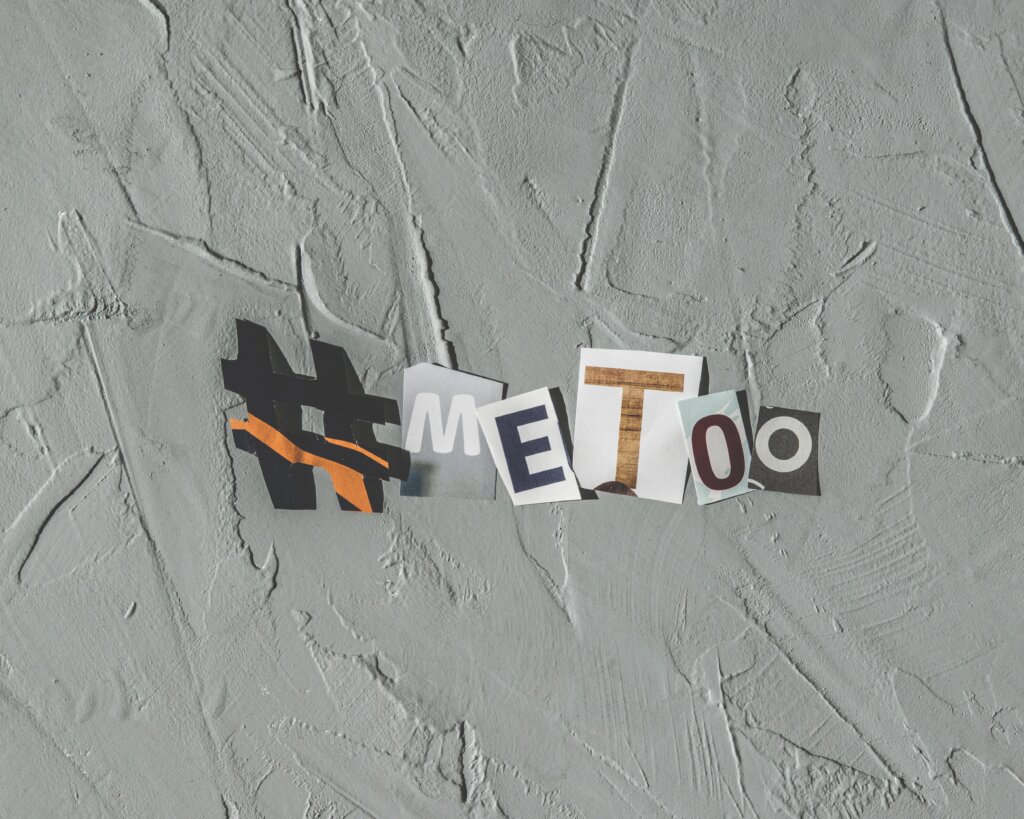
Poverty
Poverty disproportionately impacts women and girls. Women account for most of the world’s poor, deprived of education, healthcare, economic participation, and fundamental civil rights. Nearly two-thirds of the world’s illiterate adults are female, reflecting the lower priority placed on educating girls in many nations. Practices like child marriage and lack of reproductive choice also frequently curtail girls’ ability to complete schooling. Even for women who achieve higher education, systemic barriers to workplace participation persist. Discrimination in hiring, promotion and wages impedes women’s career advancement and financial security.
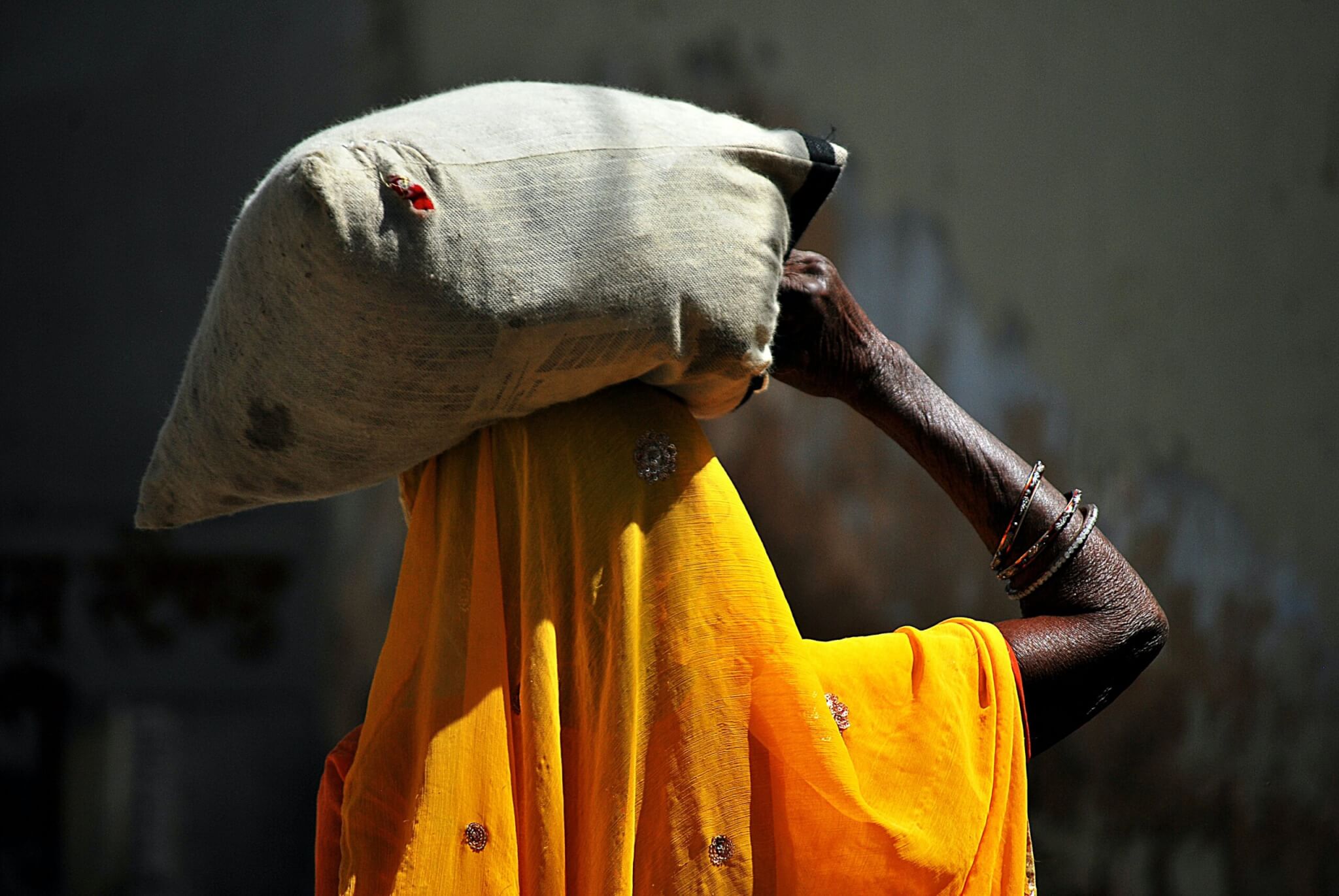
Stereotypes
Beyond overt discrimination and abuse, more subtle societal expectations and deeply ingrained stereotypes often constrain the agency and choices of women and girls worldwide. Dominant cultural norms in many areas still dictate specific roles and acceptable behaviors for women, placing undue pressure on individuals to adhere to rigid gender norms. Girls may be socialized from a young age to be passive, polite, and deferential, while boys are urged to be bold, aggressive, and ambitious. These norms extend into adulthood, as women are expected to downplay assertiveness and prioritize caregiving roles. Depictions of women in media and culture frequently reinforce stereotypes casting women as primarily mothers, wives, objects of beauty, and the sexualisation and objectification of women further diminishes their humanity. Though not always explicit barriers, these pervasive gender stereotypes powerfully yet quietly undermine women’s empowerment in public and private spheres.
